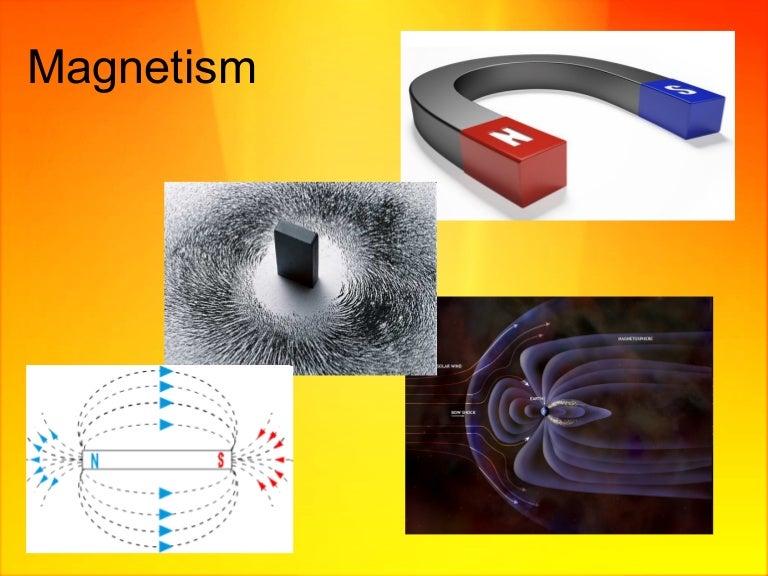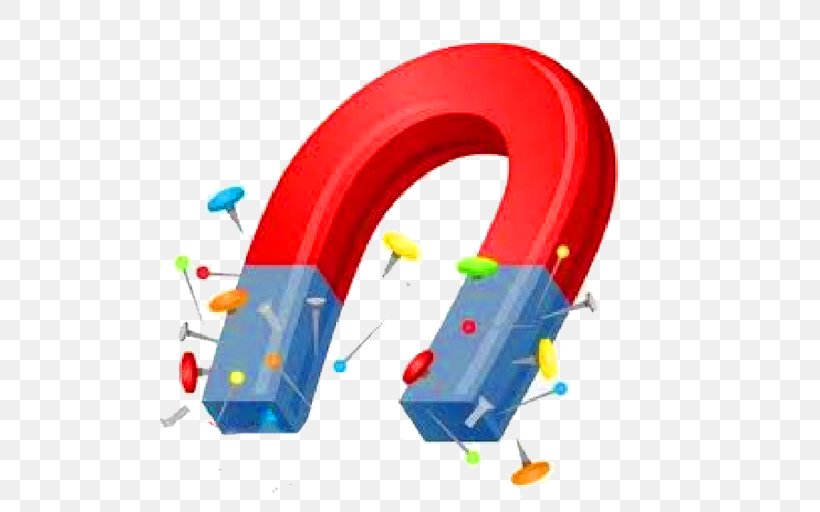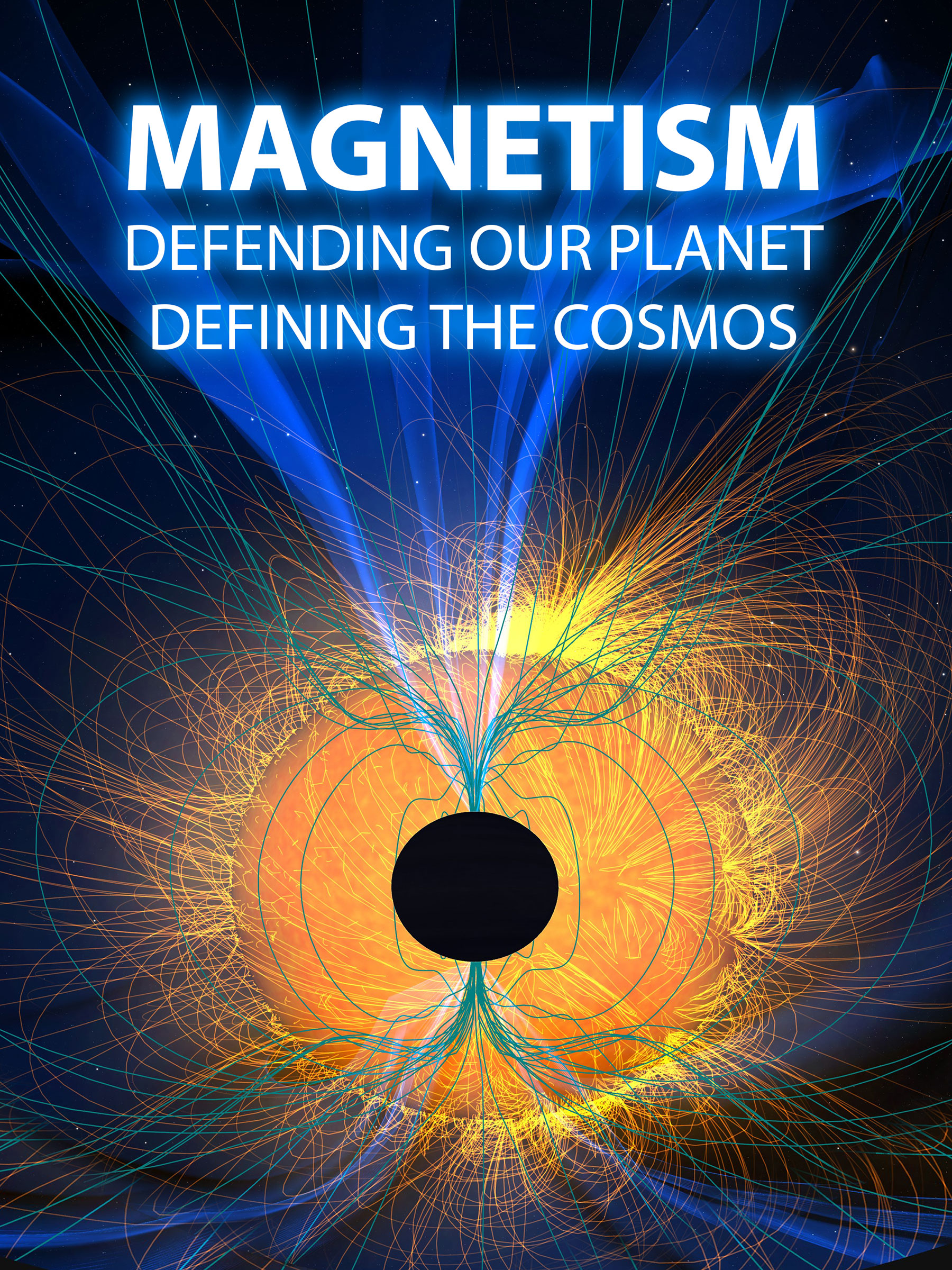
Magnetism is a force generated in matter by the motion of electrons within its atoms. Magnetism and electricity represent different aspects of the force of electromagnetism, which is one part of the universe ' s fundamental electroweak force. The region in space that is penetrated by the imaginary lines of magnetic force describes a magnetic. Magnetism (磁 (じ) 力 (りょく), Jiryoku?) was the Quirk used by Kenji Hikiishi. 1 Description 1.1 Weaknesses 2 Usage 3 Named Super Moves 4 References 5 Site Navigation Magnetism allows Kenji to magnetize people around her, up to a 4.5-meter radius of herself at will. She can magnetize a person's entire body or specific portions. Once magnetized, the targets either attract or repel each.

Ancient humans have been aware of the magnetic force ever since at least 600 BC, back before Newton developed this laws of motion, and before we had any grasp of the four fundamental forces of nature. Despite the fact that we didn't completely understand what magnetism was, we still used compasses back then. Imagine what it must have felt like to use such a device, without knowing the science behind it (though, of course, many of us still use technologies far more sophisticated than a compass, without having a basic idea of how things work).
Some light was shed on this mystery accidentally in 1820 by Hans Christian Ørsted — a Danish physicist born in 1777. While preparing a lecture, he discovered that a compass needle would deflect when brought close to a live electrical wire. People alive at that time already knew the electric force existed, but the connection between electricity and magnetism was revolutionary. Indeed, it took another 45 years until we developed a full explanation of this phenomenon; when James Clerk Maxwell produced the electromagnetic theory of light.
What is magnetism? Magnetism is a force that can be felt by metals such as iron, steel, nickel and cobalt.These are called ferrous metals. Many other metals do not feel the force of magnetism. Electromagnetism, science of charge and of the forces and fields associated with charge. Electricity and magnetism are two aspects of electromagnetism. Electric and magnetic forces can be detected in regions called electric and magnetic fields. Learn more about electromagnetism in this article. Together, magnetism and electricity can produce energy of motion. Terms in this set (15) magnet. Any material that attracts iron or materials containing iron. The two ends of a magnet; the contain the strongest magnetic force. (North & South) repel.
Maxwell showed that a magnetic field is produced by moving electrical charges. This perfectly explains Ørsted's observation with the needle and live electrical wires. Simply put, this happens because an electric current is simply the movement of electrical charges. Now, we have used this phenomena to create electromagnets,or long wires wounded to a coil. This way, the magnetic field produced by a single wire is multiplied by the number of turns. Electromagnets have the advantage of being able to be turned on or off anytime we like.
But what about permanent magnets (like bar magnets, refrigerator magnets, etc.)? They obviously don't have electric currents flowing through them. They are a bit more difficult to explain, but, to summarize, the magnetic field from one of these objects is created by three things:
- The first is the orbit of the electron around the nucleus. Although this model that the electron orbits the nucleus has long been proven wrong, it is still a good approximation, and can still be used to explain certain properties of the atom, which is important in the other factors below..
- The second thing that creates a magnetic field is the spin magnetic moment. This is just a technical term that means an electron, in and of itself, also acts as a magnet. The spin magnetic moment is also a fundamental property of matter, like charge and mass.
- The third factor, which doesn't really affect the magnetic property of the material, is nuclear spin.

With all this in mind, why don't all objects posses magnetic properties? After all, all objects have orbiting electrons, and these electrons all have a spin magnetic moment, right? Well, we have to consider the fact that there are a lot of electrons even in a small amount of material, and the magnetic fields created by these electrons most of the time cancels out.
In order to manufacture a magnet, companies melt iron and place it within a strong magnetic field until it cools. This way, the magnetic fields created inside the iron — which would normally get cancelled out — can freely align themselves with the outside magnetic field. This is called magnetic induction. Magnetic induction is a process where a magnetic field is induced in a non-magnetic material by an outside magnetic field. Surprisingly, you can do this at home. If you stroke an iron nail with a bar magnet many times, you can induce a magnetic field in the iron nail, turning it into a magnet.
You can also 'destroy' a magnet. By that, I mean, you can take away its magnetic properties. If you heat the magnet up and then strike it with a hammer, the magnetically aligned atoms easily dislodge from their arrangement because of the heat, cancelling out the magnetic fields once again.
The most amazing thing for me, about magnetism is how closely linked it is to the electricity. Maxwell, using his equations, unified these two seemingly unrelated forces to one force: electromagnetism. Maxwell showed mathematically how a changing magnetic field creates a changing electric field (and vice versa). Therefore, magnetism is very important because we use it to create electrical energy. In fact, most of the energy that we use today comes from rotating magnets (see below).
Magnetism Definition For Kids
As a Futurism reader, we invite you join the Singularity Global Community, our parent company's forum to discuss futuristic science & technology with like-minded people from all over the world. It's free to join, sign up now!
Magnetism And Electricity

Magnetism is a force generated in matter by the motion of electrons within its atoms. Magnetism and electricity represent different aspects of the force of electromagnetism, which is one part of the universe ' s fundamental electroweak force. The region in space that is penetrated by the imaginary lines of magnetic force describes a magnetic. Magnetism (磁 (じ) 力 (りょく), Jiryoku?) was the Quirk used by Kenji Hikiishi. 1 Description 1.1 Weaknesses 2 Usage 3 Named Super Moves 4 References 5 Site Navigation Magnetism allows Kenji to magnetize people around her, up to a 4.5-meter radius of herself at will. She can magnetize a person's entire body or specific portions. Once magnetized, the targets either attract or repel each.
Ancient humans have been aware of the magnetic force ever since at least 600 BC, back before Newton developed this laws of motion, and before we had any grasp of the four fundamental forces of nature. Despite the fact that we didn't completely understand what magnetism was, we still used compasses back then. Imagine what it must have felt like to use such a device, without knowing the science behind it (though, of course, many of us still use technologies far more sophisticated than a compass, without having a basic idea of how things work).
Some light was shed on this mystery accidentally in 1820 by Hans Christian Ørsted — a Danish physicist born in 1777. While preparing a lecture, he discovered that a compass needle would deflect when brought close to a live electrical wire. People alive at that time already knew the electric force existed, but the connection between electricity and magnetism was revolutionary. Indeed, it took another 45 years until we developed a full explanation of this phenomenon; when James Clerk Maxwell produced the electromagnetic theory of light.
What is magnetism? Magnetism is a force that can be felt by metals such as iron, steel, nickel and cobalt.These are called ferrous metals. Many other metals do not feel the force of magnetism. Electromagnetism, science of charge and of the forces and fields associated with charge. Electricity and magnetism are two aspects of electromagnetism. Electric and magnetic forces can be detected in regions called electric and magnetic fields. Learn more about electromagnetism in this article. Together, magnetism and electricity can produce energy of motion. Terms in this set (15) magnet. Any material that attracts iron or materials containing iron. The two ends of a magnet; the contain the strongest magnetic force. (North & South) repel.
Maxwell showed that a magnetic field is produced by moving electrical charges. This perfectly explains Ørsted's observation with the needle and live electrical wires. Simply put, this happens because an electric current is simply the movement of electrical charges. Now, we have used this phenomena to create electromagnets,or long wires wounded to a coil. This way, the magnetic field produced by a single wire is multiplied by the number of turns. Electromagnets have the advantage of being able to be turned on or off anytime we like.
But what about permanent magnets (like bar magnets, refrigerator magnets, etc.)? They obviously don't have electric currents flowing through them. They are a bit more difficult to explain, but, to summarize, the magnetic field from one of these objects is created by three things:
- The first is the orbit of the electron around the nucleus. Although this model that the electron orbits the nucleus has long been proven wrong, it is still a good approximation, and can still be used to explain certain properties of the atom, which is important in the other factors below..
- The second thing that creates a magnetic field is the spin magnetic moment. This is just a technical term that means an electron, in and of itself, also acts as a magnet. The spin magnetic moment is also a fundamental property of matter, like charge and mass.
- The third factor, which doesn't really affect the magnetic property of the material, is nuclear spin.
With all this in mind, why don't all objects posses magnetic properties? After all, all objects have orbiting electrons, and these electrons all have a spin magnetic moment, right? Well, we have to consider the fact that there are a lot of electrons even in a small amount of material, and the magnetic fields created by these electrons most of the time cancels out.
In order to manufacture a magnet, companies melt iron and place it within a strong magnetic field until it cools. This way, the magnetic fields created inside the iron — which would normally get cancelled out — can freely align themselves with the outside magnetic field. This is called magnetic induction. Magnetic induction is a process where a magnetic field is induced in a non-magnetic material by an outside magnetic field. Surprisingly, you can do this at home. If you stroke an iron nail with a bar magnet many times, you can induce a magnetic field in the iron nail, turning it into a magnet.
You can also 'destroy' a magnet. By that, I mean, you can take away its magnetic properties. If you heat the magnet up and then strike it with a hammer, the magnetically aligned atoms easily dislodge from their arrangement because of the heat, cancelling out the magnetic fields once again.
The most amazing thing for me, about magnetism is how closely linked it is to the electricity. Maxwell, using his equations, unified these two seemingly unrelated forces to one force: electromagnetism. Maxwell showed mathematically how a changing magnetic field creates a changing electric field (and vice versa). Therefore, magnetism is very important because we use it to create electrical energy. In fact, most of the energy that we use today comes from rotating magnets (see below).
Magnetism Definition For Kids
As a Futurism reader, we invite you join the Singularity Global Community, our parent company's forum to discuss futuristic science & technology with like-minded people from all over the world. It's free to join, sign up now!
